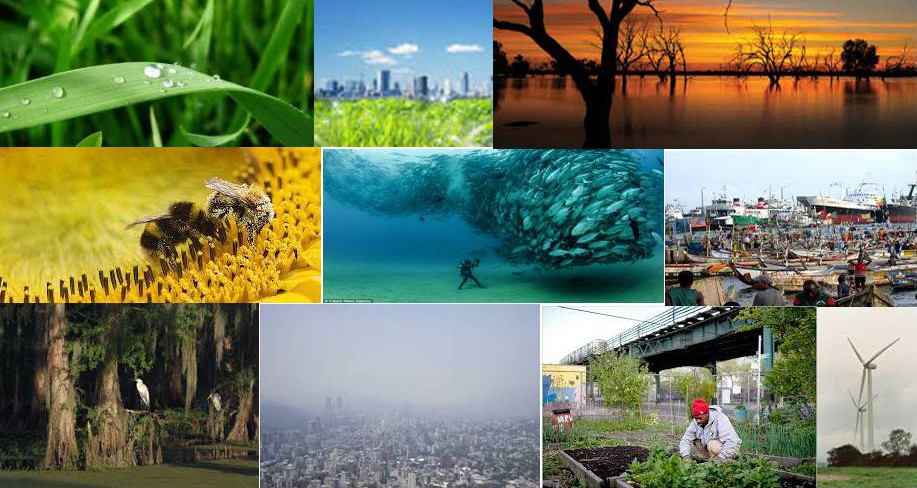1.What is your understanding of the neo-Keynesian perspective? How does it differ from the neoclassical perspective? What do neo-Keynesian economists view as the most important policies to address the challenges of climate change?
Neo-Keynesian perspective is based on maintaining the economic growth through investments, governments and consumers spending. Neo-Keynesian focuses more on the demand side rather than the supply-side because they believe that the increase of consumer demand will result in the increase of investment, aggregate demands, and more spurs of government growth. While neoclassical mainly focus on the prices and products through supply and demand. Neoclassical economists main principals are economic with grow if scarce resources are being used and meeting people’s needs. Supply should equal demand. Neo-Keynesian’s thoughts about climate change are that they want new regulation and a level playing field of low and high carbon energy sources
2. The authors discuss what they call “Innovation Economics.” What do Atkinson and Hackler mean by innovation economics? Describe their perspective.
The authors refer innovation economics as understanding the problems occurring in the society and finding ways through innovations to help economic growth. The authors stated that innovation economists suggest that having the knowledge of product and adaptive efficiency allows us to understand what innovation can create growth.



